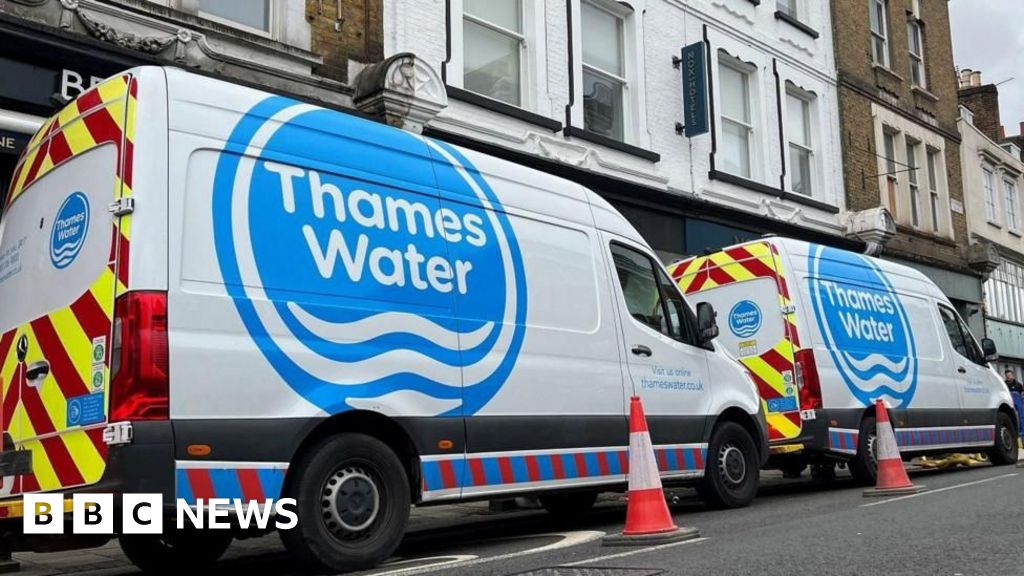It’s likely no surprise that business leaders think their workers are more satisfied than they really are—but the extent of this perception gap is alarming, experts say, and should raise some red flags for HR.
ManpowerGroup’s Right Management recently released a study of more than 400 leaders and 1,000 North American-based employees that highlighted just how stark the differences are between how the two groups view the state of employee engagement. For instance, 83% of leaders surveyed think their workforces are fully engaged in their work—while just 48% of employees agree.
The State of Careers report dubs this disconnect the “employee engagement illusion,” with researchers noting that most organizations are in a “state of crisis”—and many don’t even realize it.
Michelle Nettles, chief people and culture officer at ManpowerGroup, says it’s imperative for HR to rethink how they approach employee engagement—particularly, with a focus on personalization and proactivity.
“No longer can HR functions deliver a one-size-fits-all solution for organizations,” Nettles says. “Employees want to be fully engaged and motivated—but their employer and, mostly importantly, their leader must give them a reason to do so.”
While nearly three-quarters of employees say they hope to stay with their current employer, nearly half of those surveyed are still open to new job opportunities.
The research suggests that HR needs to pay attention to nuance when it comes to employee engagement and its impact on retention. For instance, 23% of employees say they are somewhat engaged, and 29% are actively disengaged; meanwhile, leaders think that just 10% of workers are somewhat engaged and only 6% are disengaged.
Importantly, turnover risk is just as high among “somewhat” engaged employees as it is among those who are fully disengaged; only those who report being highly engaged are likely to say they won’t be leaving their current job.
“This means efforts should focus on bringing somewhat engaged employees to being fully engaged,” researchers write. “Failing to bring a high number of employees up to the fully engaged level will result in employees ‘voting with their feet’ as they exit the organization.”
A good place to start? “Middle” employees—those who typically have been with the organization for three to five years and possess less than a decade of experience in their respective field. Engagement is generally highest among leaders, executives and new hires—but lags among mid-career professionals.
“Like firstborn siblings, tenured employees have an established position and are generally reliable performers, while new employees are like the youngest sibling getting all the attention. Meanwhile, the middle siblings frequently end up feeling overlooked,” says Karel van der Mandele, senior vice president of Right Management North America.
Learning and the impact on employee engagement
To transform employee engagement among middle employees and other populations, researchers recommend that HR prioritize talent and career management, with particular attention to learning and development opportunities. The research found that the most highly engaged employees say their organizations invest in L&D, provide exciting opportunities and challenges, support their career development and are clear about career paths within the organization. Somewhat and fully disengaged employees report that these areas are all lacking.
A sharper focus on L&D highlights the intentionality with which HR must approach employee engagement, says Beth Linerbaum, senior vice president, North America Delivery at Right Management. After all, she adds, employee loyalty isn’t a given.
“It’s not something that is magically created,” she says. “Leaders have a responsibility to build empowering and nourishing cultures where people can find meaning and purpose in their work. This allows organizations to unlock the full potential of their talent as it increases motivation and retention of employees.”
Credit: Source link










